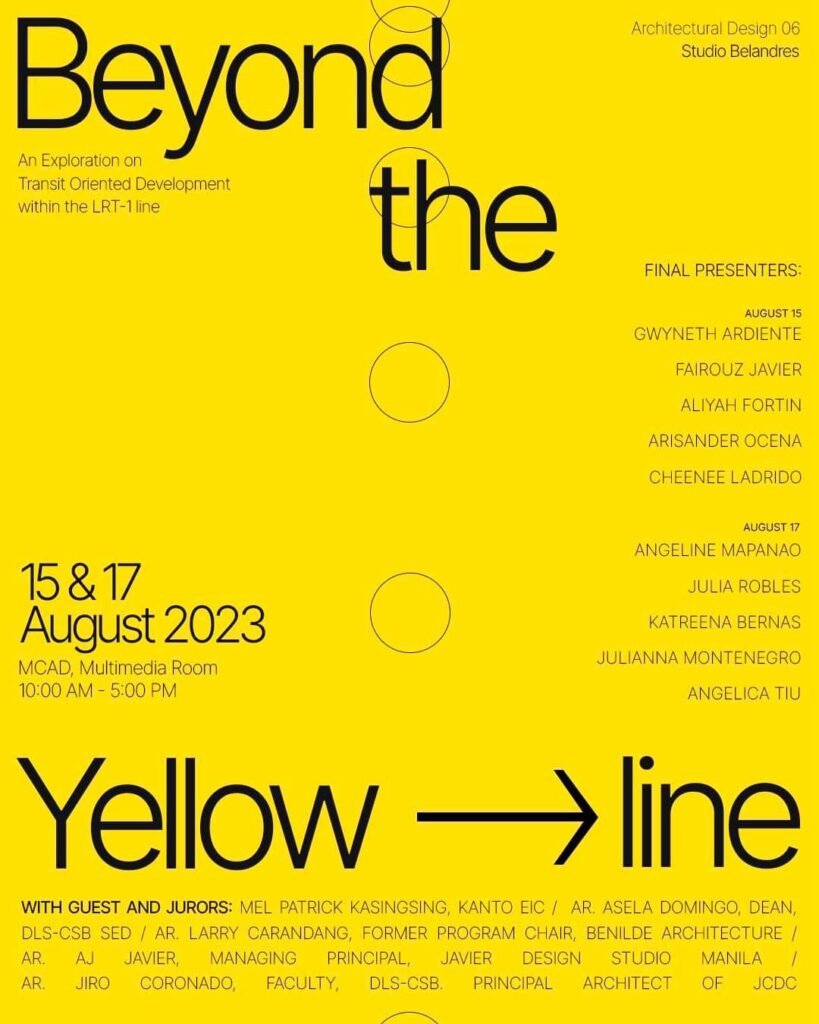Words and Images Angeline Mapanao
Prospectus Ar. Enzo P. Belandres
Editing The Kanto team
Editor’s Note: For this Kanto Futurespace series, we are featuring six student proposals from the De La Salle-College of Saint Benilde’s Architectural Design 6 Studio class. Below is the course prospectus by mentor Ar. Enzo P. Belandres, followed by a proposed street system for 5th Avenue by architecture student Angeline Mapanao.
Prospectus
“This course involves students re-imagining a station of their choice, with a designated development area of one kilometer. The 14-week program encourages creative exploration and challenges conventional design notions, integrating cutting-edge technologies and sustainable practices. Regular feedback sessions and critiques provide insights to enhance designs and ensure quality.
In the first 4 weeks, the class is presented with urban disruptions to examine and address collectively, affecting the entire line across various domains. These disruptions can be significant or minor, and can have both positive and negative effects. The collected responses are used to improve individual projects and identify possible strategies to optimize or alleviate the effects of disruptions. A mirror of what could be a real-life design situation.
The objective of this activity is to address the urgent needs of communities along LRT Line 1 and make a positive contribution to their long-term development and welfare. The exercise employs intelligent social design, architectural and urban interventions that influence human behavior and psychology. The students are encouraged to implement their personal aspirations for each site and aim to achieve them throughout the course.”
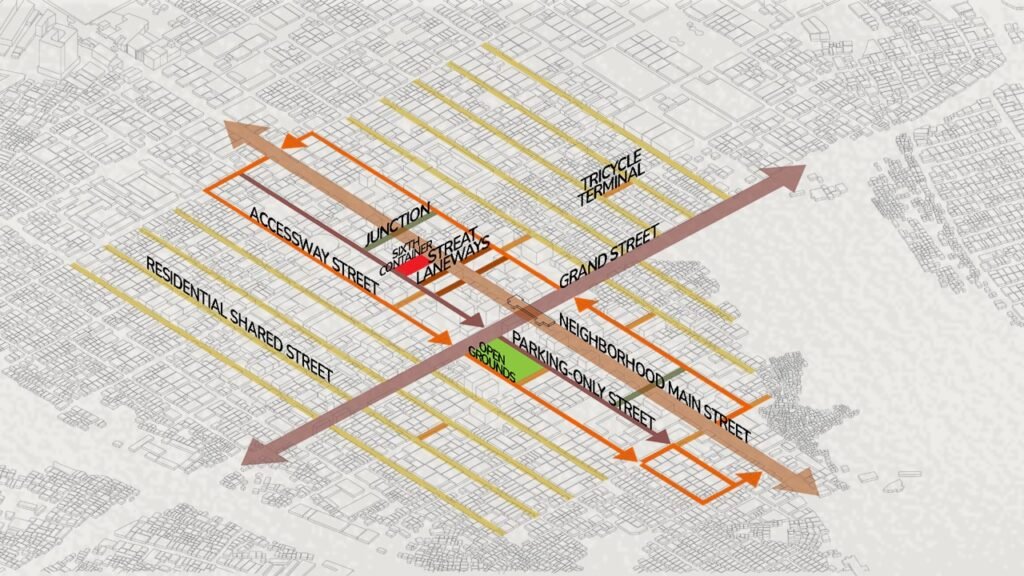

Orderly Urban Rhythms: Reshaping Streetscape Dynamics for Discipline Along 5th Avenue’s Arteries and Plazas
In the heart of Caloocan City’s urban fabric, 5th Avenue emerges as a distinctive blend of industry and functionality. It is a picture of vast industrial estates bustling with activity, where businesses are engaged in warehousing, hardware stores, and the trade of heavy equipment parts and services. These enterprises, often lined with warehouses and blank walls, bring life to the streets. The area is further amplified by the constant presence of wheeler trucks, a result of the nearby North Bay Boulevard port.
Moreover, the C-3 road below the 5th Avenue Station is a major thoroughfare interlinking various cities in North Luzon. This very route also accommodates the regular passage of wheeler trucks, underscoring its significance as a pathway for busy trade that shapes the area’s character.

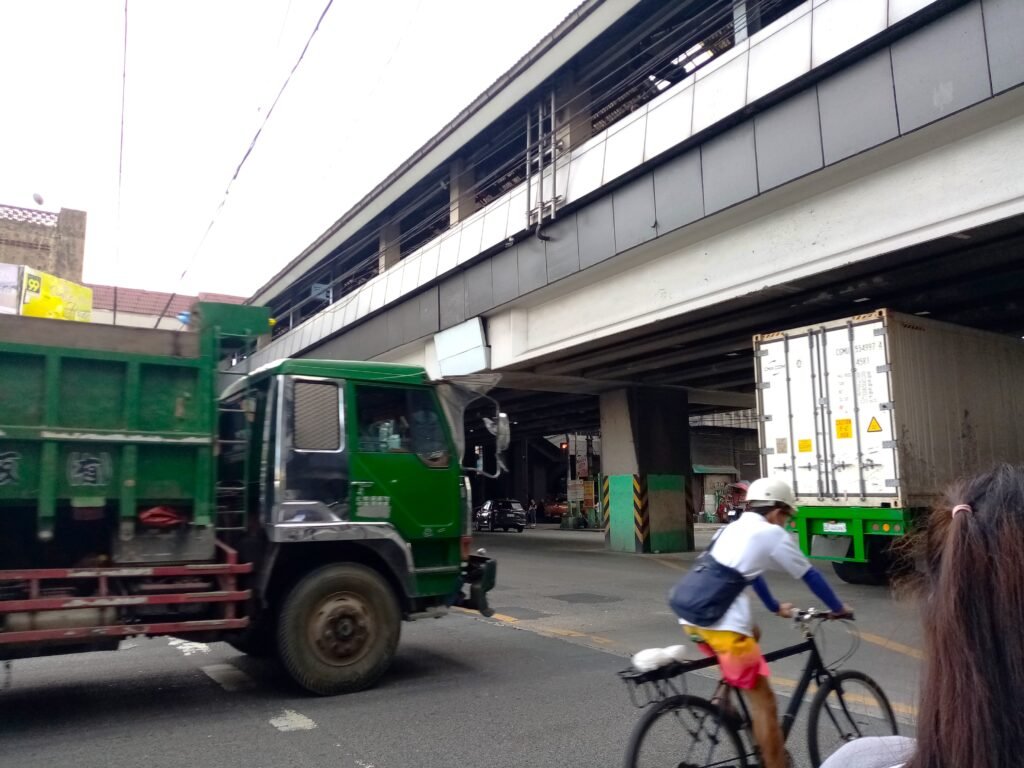
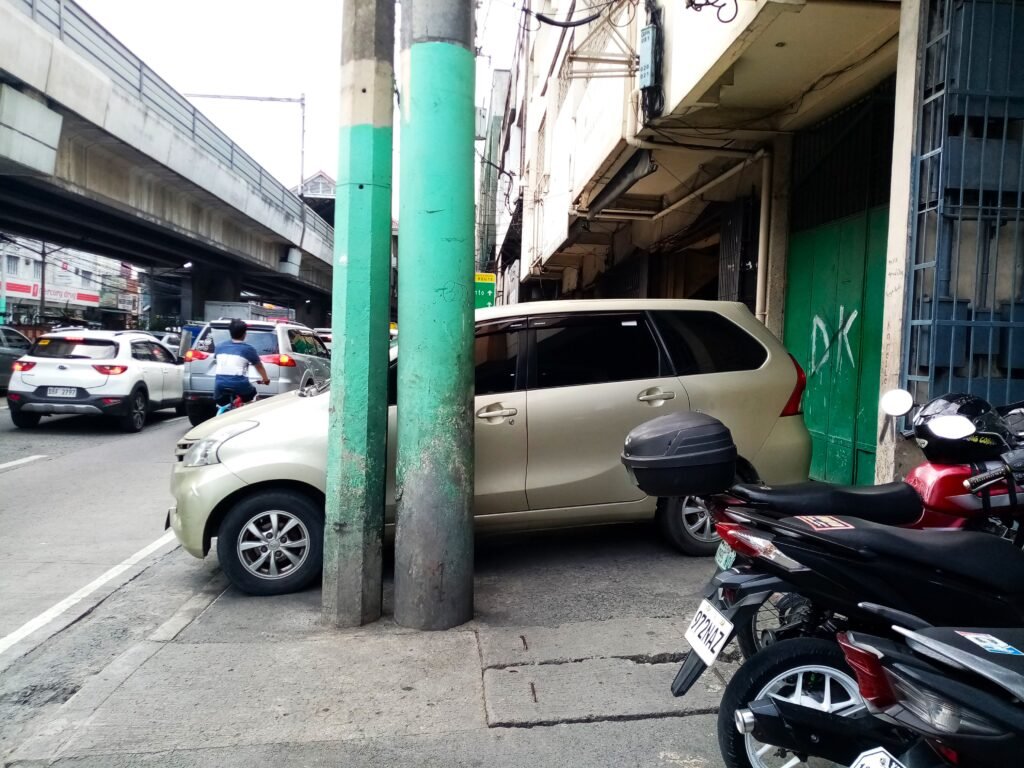
On the other hand, 5th Avenue serves as a link where people, especially commuters, just pass through. Unless you are a resident or worker in the vicinity, you won’t even find yourself staying. Imagine 5th Avenue as a stage where various actors come together to create a lively scene. It features a diverse cast of characters including commuters, drivers of various vehicles, vendors, tricycle drivers, residents, cyclists, and truck drivers. Each participant contributes to the vibrant scene, making 5th Avenue a dynamic and multifaceted place.
What caught my attention during my exploration of the site was the absence of urban elements that could enhance safety and inclusivity for commuters. I personally spend four hours commuting to and from school. I find and recognize that there is an obvious cry for wide, unobstructed sidewalks, dedicated bike lanes, shaded waiting areas for protection from sun and rain, clearly marked pedestrian crossings, and more. It’s fascinating how these seemingly small-scale elements can have a significant impact, imparting a sense of dignity to those who use them.
Speaking with the local community, I also discovered a recurring concern: the lack of discipline among people. Issues such as vehicles parked on sidewalks and vendors occupying walkways were highlighted by respondents. Despite 5th Avenue’s apparent organization, their call for discipline arises from disruptive behaviors. This made me realize that at the heart of it all, what’s truly needed is community responsibility. A shared commitment to addressing disruptive behaviors is essential. This is where my proposal comes in: introducing urban features that encourage responsibility.

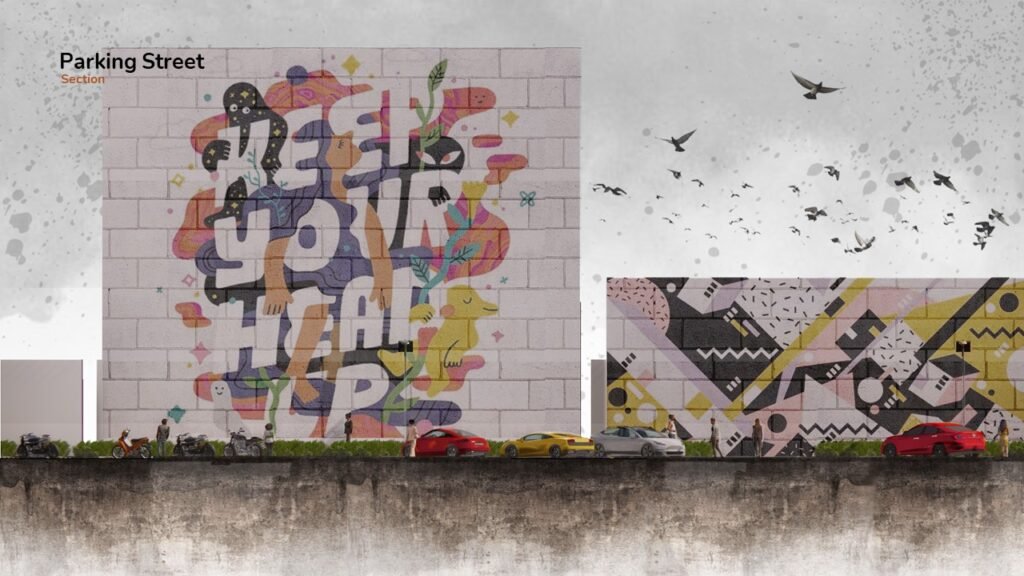
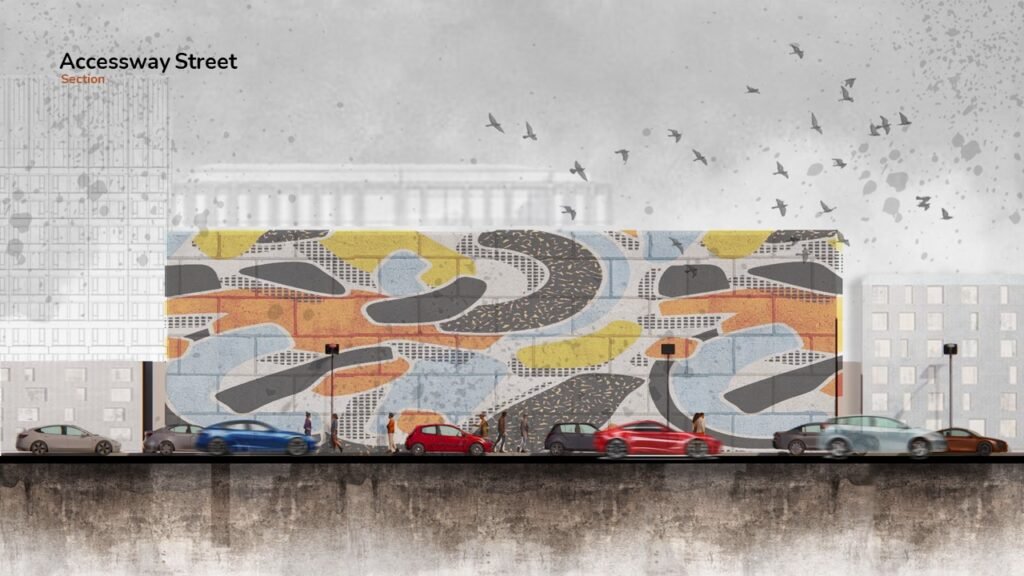
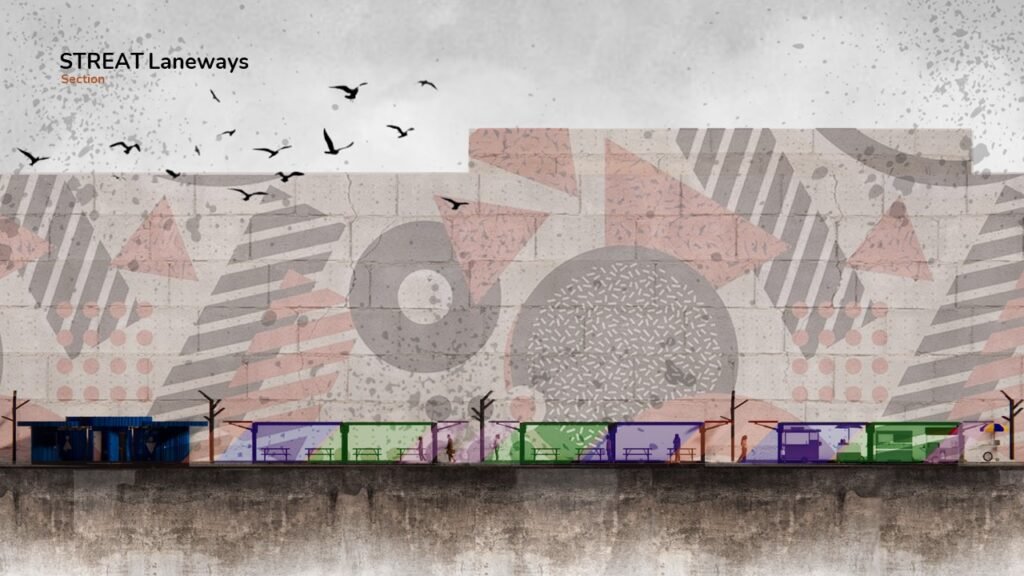

In the pursuit of promoting community responsibility, I embarked on a project aimed at reshaping 5th Avenue’s streetscape dynamics that emphasizes discipline. I’ve designated pathways for different stakeholders to ensure everyone’s access to the facilities they need. The outcome is the emergence of seven distinct street types. Among these, the Neighborhood Main Street accommodates commuters; the Accessway Street serves private vehicles; the Parking-Only Street is for parking; the Grand Street hosts wheeler trucks and private vehicles; the STREAT Laneways house street vendors; and spaces are allocated for the Tricycle Terminal and Junction. Each street type serves specialized functions and specific stakeholder needs. This plan aims to nurture a culture of responsibility within the community while offering a purposeful streetscape.
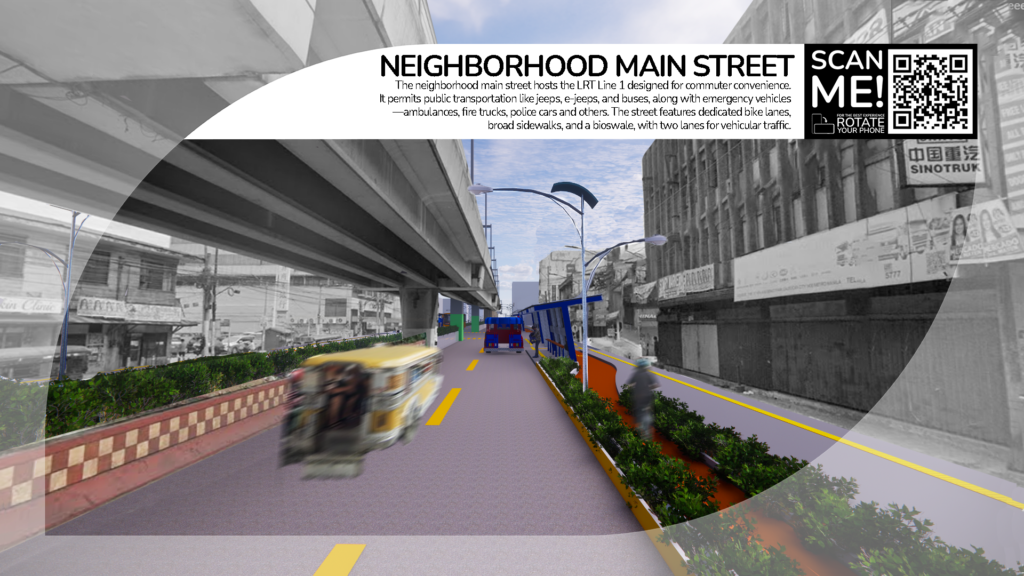


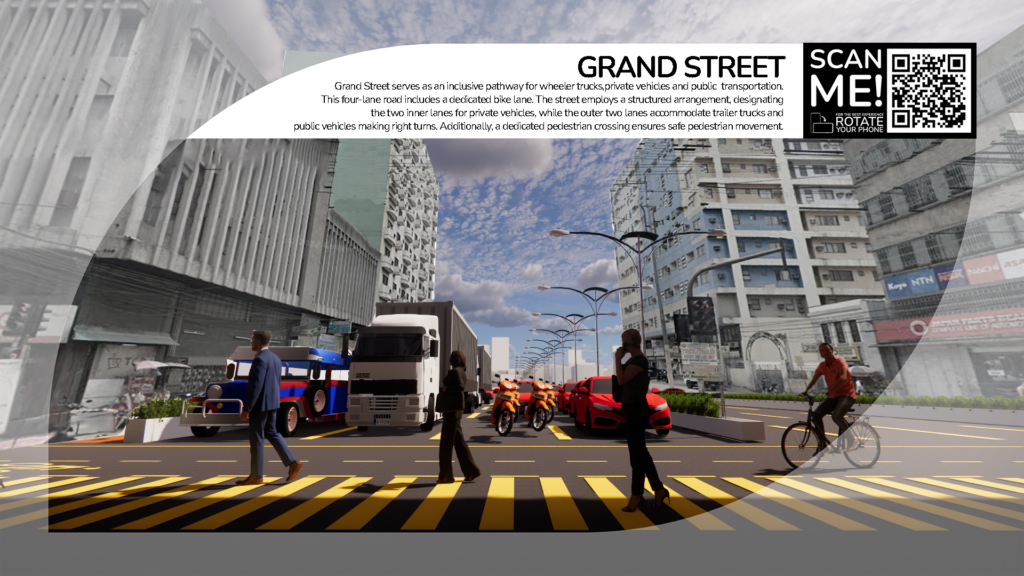
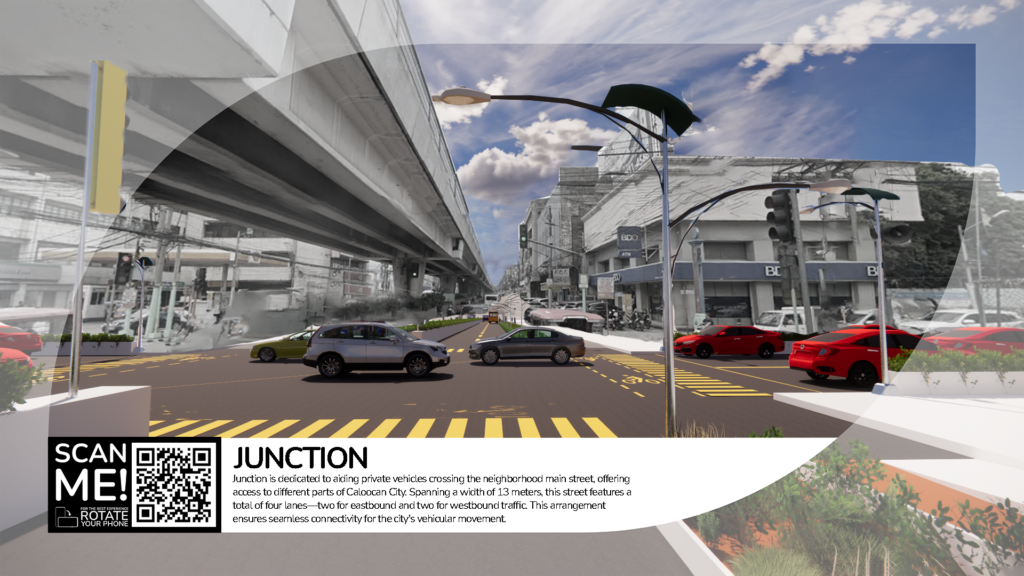
It is vital to note that this proposal has both positive and negative aspects. From the outset, my intention was to encompass the diverse needs of all users of this area, rather than fixating solely on one stakeholder. My overarching objective is to provide the most basic needs of each group of stakeholders. While the proposal considers the needs of all stakeholders, potential drawbacks also emerge, including segregation and limited interaction. The rigid allocation of specific streets could also lead to conflicts over territory and resources, as stakeholders might feel that their needs are not adequately addressed within their designated areas. Moreover, the intricate circulation plan could confuse private vehicle users without an efficient wayfinding system.
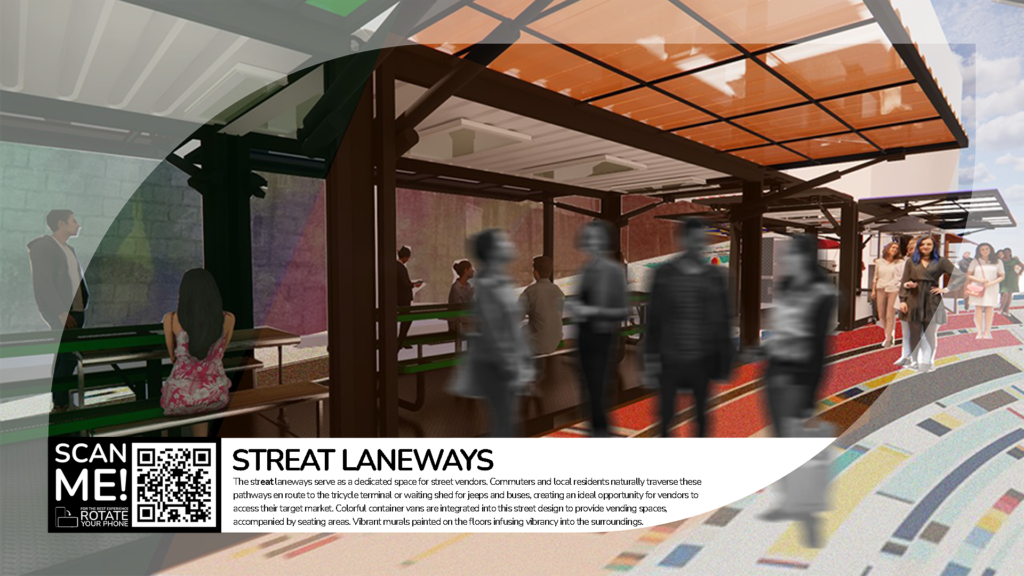

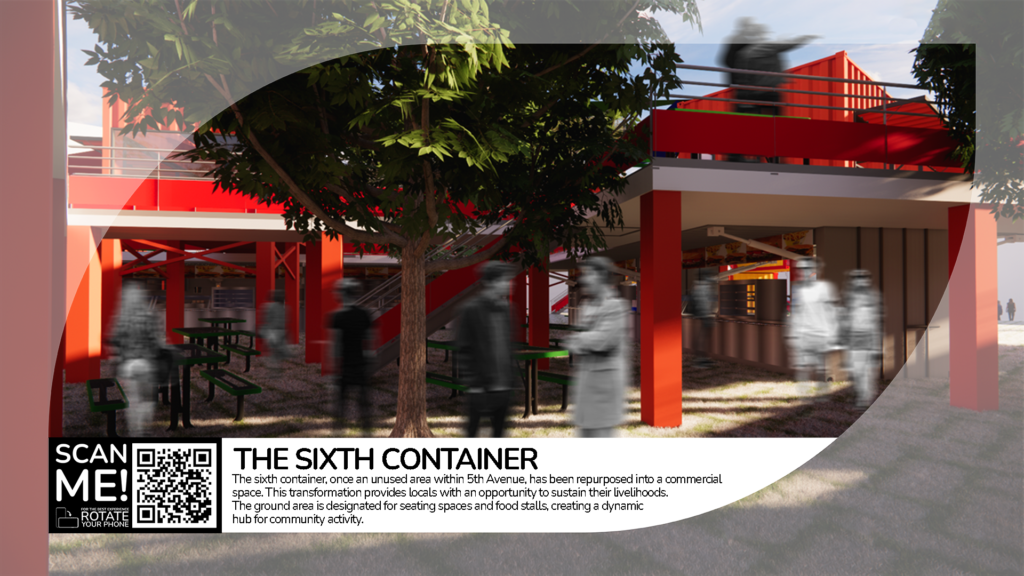
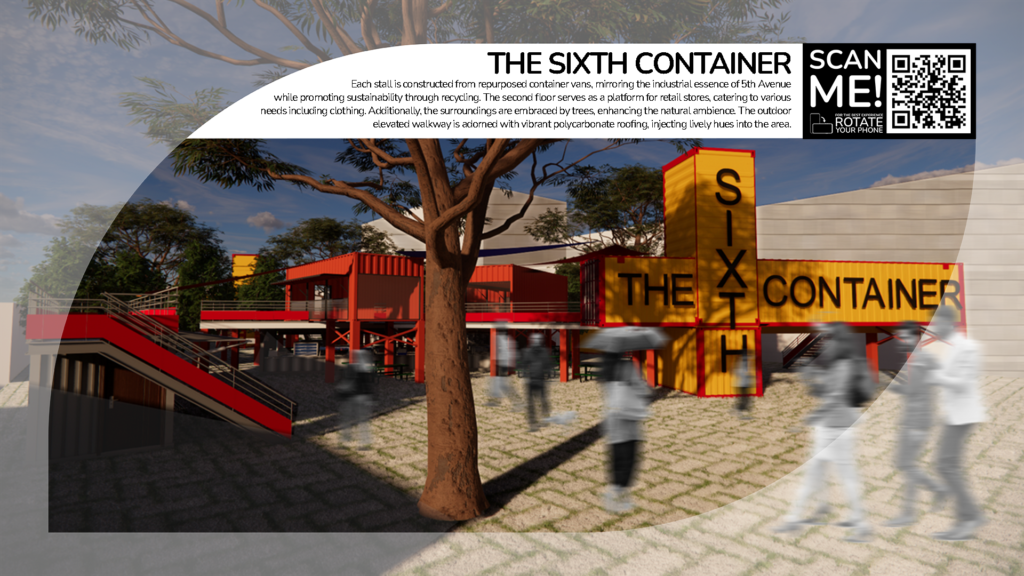
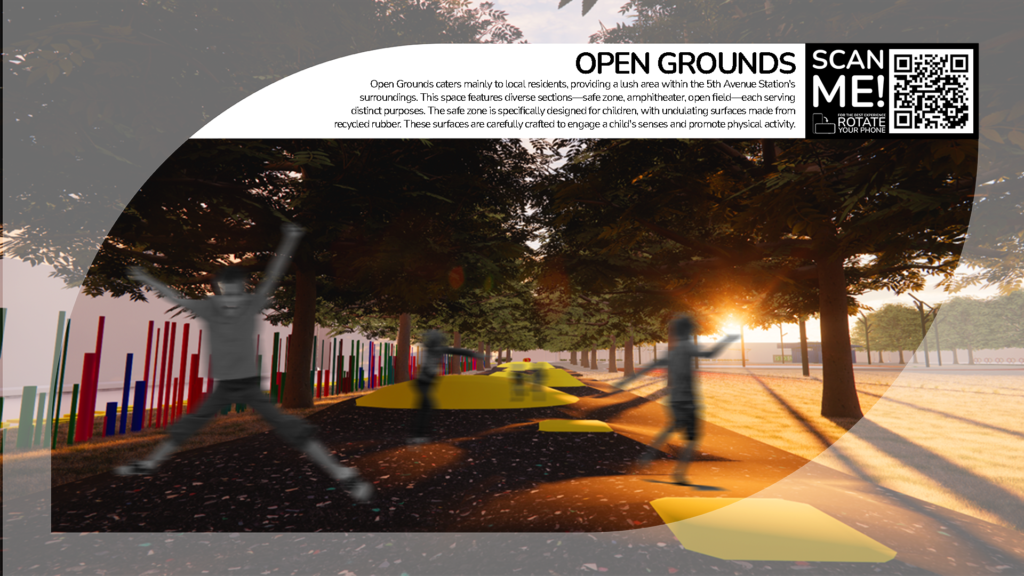

Someone once told me that architects are not heroes. While architects play a significant role in shaping spaces and environments, not every issue can be resolved with a single solution. Throughout my journey, I’ve come to understand that architecture is a continuous process of problem-solving and adapting to changing circumstances. This realization holds true for my proposal—advantages and drawbacks coexist.
This design exercise reshaped my outlook on designing spaces. Driven by a genuine intention to make things better, I’ve come to realize the importance of being careful in how we put our plans into action. It’s crucial to look closely at every part of the design, thinking about both the good things it can bring and any problems it might cause. This way, we can make sure that the spaces we create truly help the community in meaningful ways.
In the end, architects might not be heroes but they can champion thoughtful and purposeful innovation. Architects can create spaces that fit well, work well, and feel right for the betterment of the community. •
